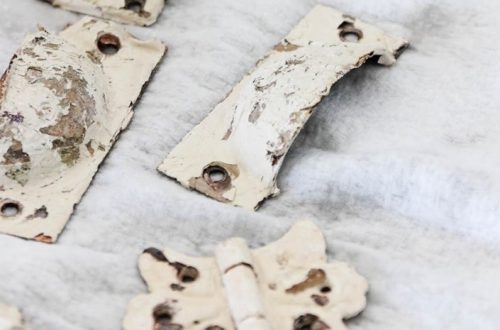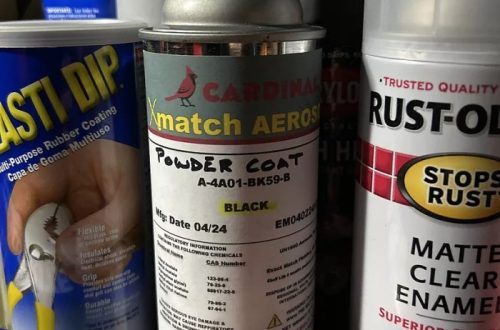In the realm of laboratory essentials, two contenders reign supreme: the beaker and the graduated cylinder. Both are made of glass, reside on lab benches, and hold liquids. But beneath their seemingly similar exteriors lie distinct functionalities. This guide delves into the core differences between beakers and graduated cylinders, equipping you to choose the right tool for your scientific endeavors.

Part 1: Unveiling Their Designs: Form Follows Function
1. The Beaker: A Versatile Workhorse
The beaker is a ubiquitous piece of lab equipment with a simple yet effective design. It is a cylindrical vessel with a spout for easy pouring and a flat bottom for stability. Beakers come in a variety of sizes, catering to tasks requiring the handling of small chemical quantities or large volumes of solutions, providing versatility for a range of experiments. Their wide opening allows for easy addition of solids and liquids, making them ideal for mixing, stirring, and holding various solutions during experiments. The beaker’s design, which is conducive to easy pouring and efficient mixing, is conducive to a wide range of laboratory tasks. From simple qualitative assessments to more complex processes, the beaker serves as an essential and adaptable tool for scientists and researchers across various fields. Its straightforward and utilitarian design lends itself to a multitude of applications, highlighting its widespread use in experimental settings.
2. The Graduated Cylinder: Precision Takes Shape
The graduated cylinder, a champion of precision, features a slender and tall body. Its defining characteristic is the etched scale marked in milliliters (mL) or liters (L) running along its vertical length. This scale transforms the graduated cylinder into a measuring instrument, allowing for the accurate determination of liquid volumes. The narrow design minimizes the surface area in contact with the liquid, reducing evaporation and enhancing measurement accuracy.

Part 2: The Accuracy Arena: Where Each Excels
1. Beakers: Not the Best for Precise Measurements
While beakers are incredibly useful for mixing and holding solutions, they fall short when it comes to precise volume measurements. The absence of a graduated scale, which is a key feature of graduated cylinders, makes it difficult to determine the exact volume of a liquid within a beaker. Additionally, the wide opening of a beaker can lead to greater evaporation, potentially affecting the accuracy of measurements, especially for volatile liquids subjected to prolonged exposure. This limitation makes beakers less suitable for tasks that require exact volume measurements, such as preparing precise chemical concentrations or carrying out titrations. However, their design makes them well-suited for applications such as simple qualitative and approximate quantitative assessments. Despite their limitations in precise quantification, beakers remain essential pieces of laboratory equipment due to their versatility and utility in various other aspects of experimental work.
2. Graduated Cylinders: Precision Takes Center Stage
Graduated cylinders, on the other hand, excel in delivering precise volume measurements. The etched scale, usually calibrated to the nearest tenth of a milliliter, allows for accurate and reliable reading of the liquid level within the cylinder. By reading the bottom of the meniscus, the curved surface of the liquid caused by surface tension, you can determine the volume with minimal error, ensuring precise measurements. This accuracy makes graduated cylinders indispensable for tasks like preparing specific concentrations of solutions, conducting titrations, or measuring out precise volumes for experiments involving specific quantities of liquids. The capability of graduated cylinders to provide exact and reproducible measurements is crucial for experiments requiring precise control over the volume of liquids, making them an essential tool for laboratory work that demands meticulous and accurate quantification of liquid substances.

Part 3: Beyond the Basics: Considering Additional Factors
1. Material and Heat Resistance:
Both beakers and graduated cylinders are typically made from borosilicate glass, known for its durability and resistance to thermal shock. However, some specialized beakers might be made from other materials like polypropylene, offering greater chemical resistance but potentially lower heat tolerance. Choosing the right material depends on the specific chemicals and temperatures involved in your experiment.
2. Specialized Options and Additional Features:
Beakers and graduated cylinders come in a variety of styles and with additional features to suit specific needs. For instance, beakers might have spout designs that minimize dripping during pouring, while graduated cylinders can come in double-graduated versions with scales on both sides for easier reading. Understanding your specific needs will help you choose the most suitable equipment for your experiment.

Part 4: Championing the Right Tool: Matching Equipment to the Task
1. Mixing, Heating, and Holding Solutions: The Beaker Takes Charge
When your experiment involves mixing or heating liquids, the beaker becomes the ideal tool. The wide opening of a beaker allows for easy addition of different components and efficient stirring with rods. This leads to a seamless mixing process. Additionally, the spacious design of the beaker enables easy access for various instruments. These instruments include thermometers or pH probes which facilitate versatile and precise measurements. Furthermore, some beakers are specifically designed to withstand higher temperatures. This makes them suitable for heating solutions on hot plates or Bunsen burners. The beaker’s versatility and its ability to accommodate various experimental requirements, ensuring efficiency and accuracy in the handling of liquids, temperature-sensitive compounds, and chemical reactions, make it an essential tool in laboratory settings. With its adaptability and functionality, the beaker is a fundamental component of laboratory experiments involving liquid substances.
2. Precise Measurements: The Graduated Cylinder Reigns Supreme
For tasks requiring precise measurement of liquid volumes, the graduated cylinder reigns supreme. Whether you’re preparing a specific concentration of a solution, measuring out reagents for a chemical reaction, or determining the volume of a liquid sample, the graduated cylinder’s accuracy ensures reliable and reproducible results in your experiments.

In conclusion, choosing between a beaker and a graduated cylinder boils down to the specific needs of your experiment. Beakers are the go-to choice for mixing, holding, and heating liquids, while graduated cylinders excel at precise volume measurements. Understanding their strengths and limitations empowers you to make informed decisions, selecting the right tool to ensure success in your scientific endeavors. Remember, a well-equipped scientist is a prepared scientist, and choosing the right tool for the job is the first step towards a successful experiment.


